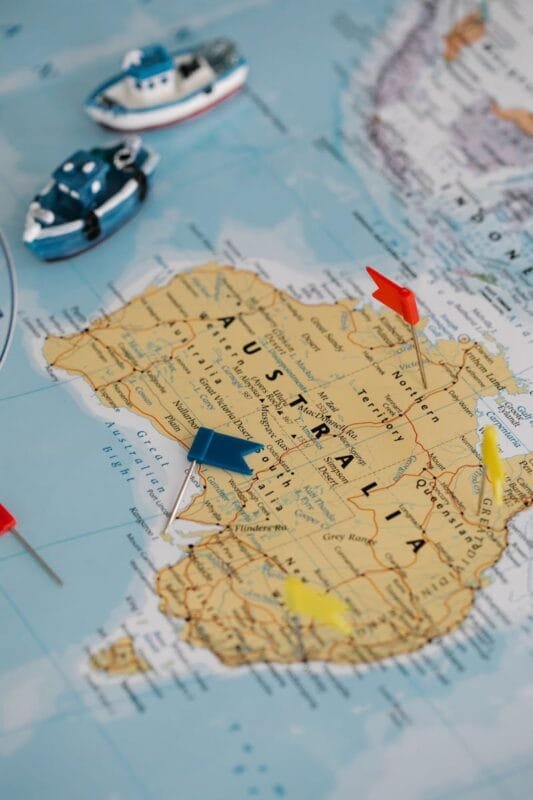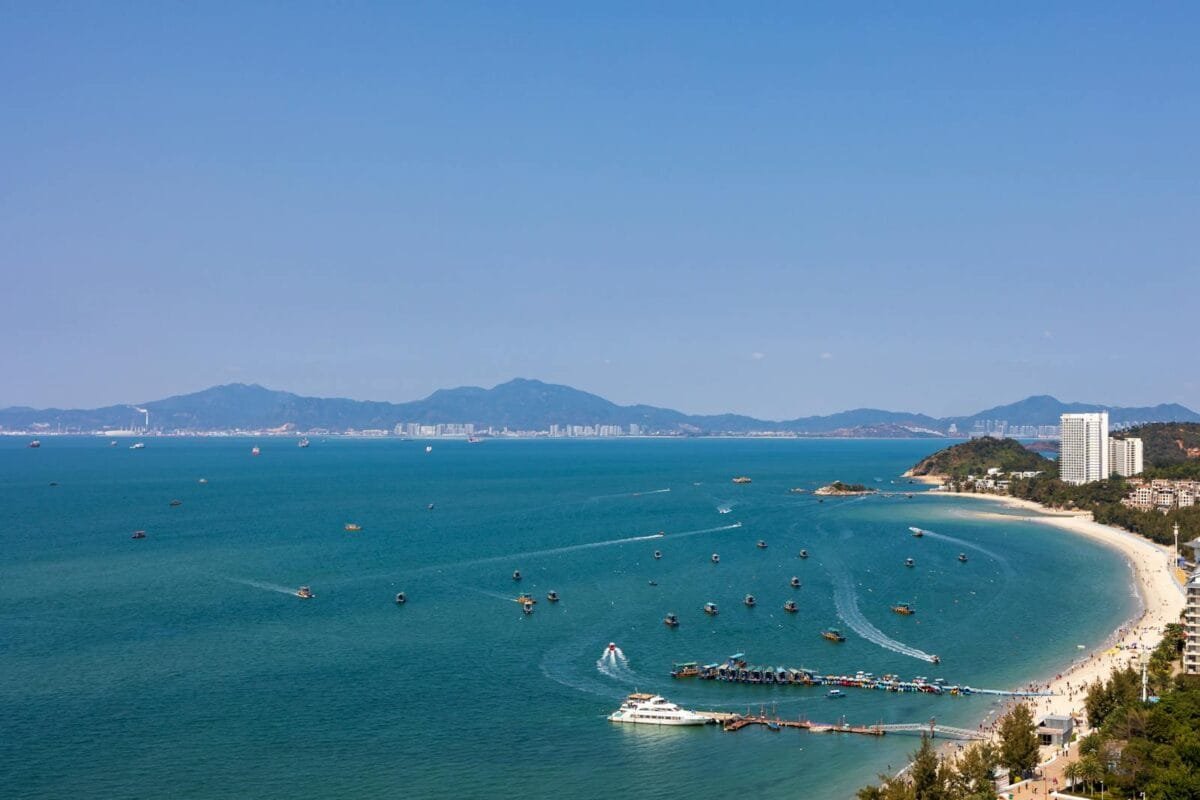The South China Sea, a vital maritime region, has emerged as one of the most contested areas in modern geopolitics. Situated at the crossroads of global shipping routes and rich in untapped natural resources, it is the center of a longstanding dispute between several nations, including China, Vietnam, the Philippines, Malaysia, Brunei, Taiwan, and indirectly, the United States. This article delves into the historical origins of these tensions, the territorial claims at the heart of the conflict, and the potential future outcomes.
1. Origins of the Conflict
The roots of the South China Sea conflict stretch back to colonial times. As various colonial powers delineated boundaries across Southeast Asia, nations began staking their claims based on historical precedent and strategic interests. Today, the region’s significance has shifted from its colonial history to its value as a crucial shipping route and resource-rich area.

- Key Facts:
- The South China Sea is a major shipping route through which over $5 trillion worth of goods pass annually.
- It is home to vast untapped oil and gas reserves, as well as fertile fishing grounds, making it an economic prize for the nations involved.
The region’s geopolitical importance cannot be overstated, and the competition for control over its waters has only intensified as countries eye the potential economic benefits.
FAQ:
Why is the South China Sea so important?
It is crucial for global shipping, resource extraction, and national security, serving as a strategic point of influence in Southeast Asia.
2. Key Players and Their Territorial Claims
At the heart of the conflict are overlapping territorial claims, most notably China’s controversial “Nine-Dash Line.” This demarcation covers nearly 90% of the South China Sea and includes the Spratly and Paracel Islands. Other claimants include Vietnam, the Philippines, Malaysia, Brunei, and Taiwan, each asserting ownership over portions of the region.
- China’s Nine-Dash Line: Based on historical maps, China claims vast swaths of the sea, including key islands and reefs.
- The Philippines and Vietnam: Both have contested China’s claims, with the Philippines winning a legal case at The Hague in 2016, though China refused to recognize the ruling.
The international legal system has rejected many of China’s claims, but Beijing’s refusal to back down continues to fuel tensions, especially as it builds and militarizes artificial islands in the region.
FAQ:
What is the Nine-Dash Line?
The Nine-Dash Line is China’s demarcation claiming most of the South China Sea, a claim rejected by international courts but strongly defended by Beijing.
3. Contentious Points: Sovereignty and Resources
The key areas of dispute are not just about sovereignty over the islands but also the rich resources in the surrounding waters. The South China Sea is believed to contain significant oil and natural gas deposits, making it an essential resource for the energy-hungry nations of Southeast Asia.
- Spratly and Paracel Islands: These island chains are the main focus of territorial disputes, with multiple countries attempting to solidify their claims through infrastructure development.
- Natural Resources: The energy reserves are a driving force behind the conflict. Whoever controls these waters will gain access to valuable oil and gas resources, furthering their energy security.
This contest for resources has led to frequent clashes between fishing fleets, oil exploration vessels, and naval forces, as nations seek to assert their dominance over this valuable maritime region.
FAQ:
Why are the Spratly Islands so important?
The Spratly Islands hold strategic and economic value due to their location and potential oil and gas reserves, making them a key target in the South China Sea disputes.
4. Militarization of the South China Sea
In recent years, the South China Sea has seen a significant military buildup, particularly by China. The construction of artificial islands equipped with airstrips, radar systems, and missile defenses has raised alarms across the region and beyond.

- China’s Artificial Islands: These militarized outposts are seen as a way for China to project power and solidify its territorial claims.
- Response from Other Nations: Regional claimants and global powers, especially the United States, have expressed concern about China’s aggressive actions and the potential for these moves to destabilize the region.
As China continues to militarize these artificial islands, the risk of accidental or intentional military clashes increases, escalating the potential for conflict.
FAQ:
Why is China militarizing the South China Sea?
China’s militarization is aimed at consolidating its claims and projecting power across the region, deterring other nations from challenging its dominance.
5. The Role of the United States and Freedom of Navigation
The United States plays a significant role in the South China Sea, primarily through its policy of maintaining freedom of navigation in international waters. The U.S. conducts regular patrols to challenge China’s expansive claims and ensure the South China Sea remains open for global trade.
- Freedom of Navigation Operations (FONOPs): U.S. naval patrols aim to prevent any single nation, particularly China, from controlling the critical shipping lanes in the South China Sea.
- Alliances in Southeast Asia: The U.S. has strengthened its military ties with the Philippines and Vietnam to counterbalance China’s influence in the region.
While the U.S. insists its presence is necessary to uphold international law, China views these operations as provocations, further complicating the situation.
FAQ:
Why is the U.S. involved in the South China Sea?
The U.S. seeks to maintain free navigation in international waters and prevent China from asserting unilateral control over a vital global trade route.
6. Possible Outcomes and Future Implications
The future of the South China Sea dispute remains uncertain, but several potential outcomes are emerging.

- Status Quo: The most likely scenario is a continuation of the current state of affairs, with tensions remaining high but no open conflict.
- Risk of Conflict: The growing militarization of the region increases the risk of accidental clashes, which could escalate into broader confrontations.
- Diplomatic Solutions: While there are ongoing diplomatic efforts to resolve the disputes peacefully, China’s firm stance and the competing national interests of other claimants make a negotiated settlement difficult.
The stakes in the South China Sea are high, not just for the nations involved but for the global economy. How these tensions are managed will have far-reaching implications for regional stability and international trade.
FAQ:
Could the South China Sea conflict lead to war?
While outright war is unlikely, the risk of skirmishes or accidental military clashes is growing due to increased militarization and conflicting territorial claims.
The South China Sea is more than just a contested body of water; it is a strategic chessboard where the interests of regional powers, global trade, and resource competition intersect. The conflict over these waters is not likely to be resolved in the near future, but its outcome will have lasting effects on global security, economic stability, and international relations.
With ongoing militarization, international legal disputes, and involvement from global powers like the United States, the South China Sea remains a critical flashpoint for geopolitical tensions. How these tensions evolve will shape the balance of power in Southeast Asia and beyond.
for more information click here


